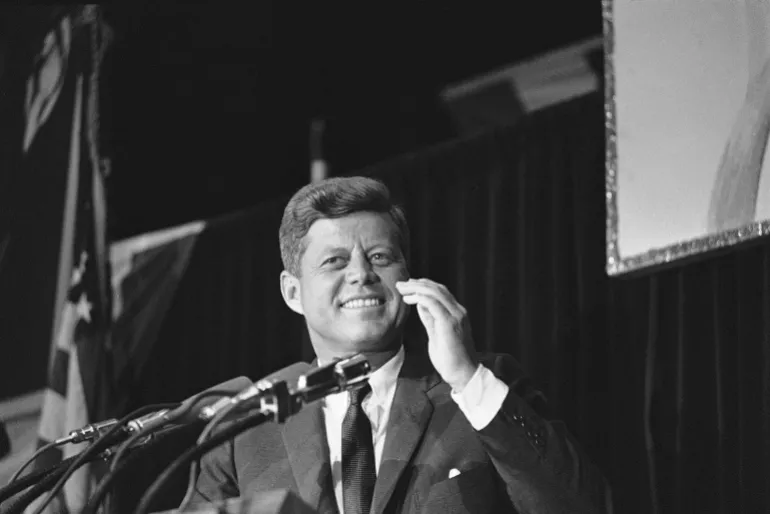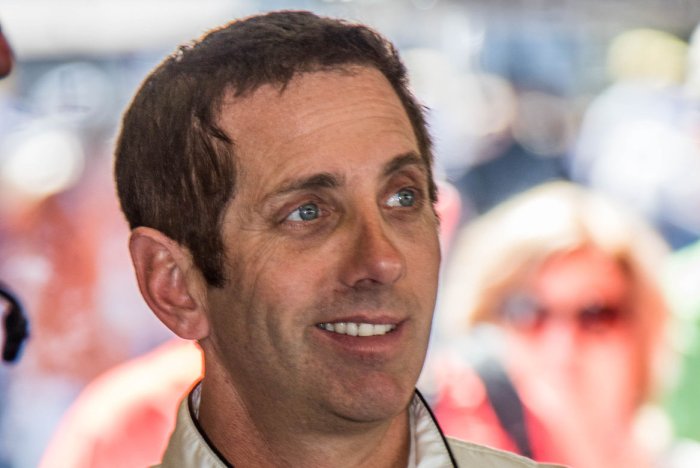Kings trade center Phillip Danault to Canadiens for a draft pick
Phillip Danault’s decreasing role with the Kings led to the veteran two-way center getting an opportunity for a fresh start in a familiar setting after being traded to the Montreal Canadiens on Friday.
The Kings acquired a second-round draft pick while also freeing up salary-cap space and ice time for other players in the trade reached just before the NHL holiday roster freeze on Saturday. The draft pick the Kings landed is one Montreal previously acquired in a trade with the Columbus Blue Jackets.
Prompting the move for the Kings was the development of Quinton Byfield and Alex Laferriere, and the offseason additions of Joel Armia and Corey Perry. General manager Ken Holland also expressed a desire to provide more playing time for Alex Turcotte and second-year center Samuel Helenius.
“Phil’s role changed here, got reduced on the penalty killing and on the power play. It’s been a bit of a struggle here offensively for Phil since the start of the year,” Holland said on a video call.
“So I found a trading partner, and I think it’s going to be good for Phil,” he added. “He gets to go back to a city where he had a lot of success. And we get a second-round pick and obviously we see some cap space to use going forward.”
Danault was in the fifth season of a six-year, $33 million contract he signed with the Kings in the summer of 2021.
The 32-year-old Danault, who topped 40 points in each of his first four seasons with the Kings, hasn’t scored a goal and has just five assists in 30 games, while missing the past four with an illness. Holland said he consulted with Danault and his agent in opening trade discussions before landing what he believed was the best offer.
Danault, who is from Victoriaville, Quebec, returns to Montreal where he spent six seasons and established himself as one of the league’s better defensive-minded forwards.
He had 54 goals and 194 points in 360 games with Montreal over a stretch that ended with the Canadiens reaching the 2021 Stanley Cup Final, which they lost in five games to Tampa Bay.
Danault was selected in the first round of the 2011 draft by Chicago, and spent his first two seasons with the Blackhawks before being traded to Montreal.
The Canadiens add a 12-year veteran to a young, up-and-coming team that reached the playoffs last season for the first time since 2021, and is in the thick of a tightly packed race. At 18-12-4, Montreal enters Saturday eighth in the Eastern Conference standings with eight points separating the last-place Blue Jackets and second-place Washington Capitals.
The Kings are in a similar situation in the West. At 15-10-9, they’re seventh, with eight points separating the 10th-place St. Louis Blues and fourth-place Vegas Golden Knights.
The trade comes after the Kings ended an 0-2-2 skid with a 2-1 win at Tampa Bay on Thursday night.
Holland acknowledged the Kings need more offensive production — they rank 28th in the NHL, averaging 2.56 goals per game. But he’s pleased with the team’s defensive play and goaltending, with the Kings ranking third in giving up 2.5 goals per outing.
“Certainly we need more goals,” he said, noting the Kings are a combined 5-9 in overtime and shootouts. “I’m hoping that some of the people that have scored in the past will start to score here going forward.”
Holland also backed third-year coach Jim Hiller by noting how the Kings are no different than a number of NHL teams approaching the midway point of the season.
“If we’re in a malaise, then 25 teams are in a malaise. Like, the whole league’s packed together,” Holland said. “Jim’s done a good job, and our team is playing very structured and competes every night.”









